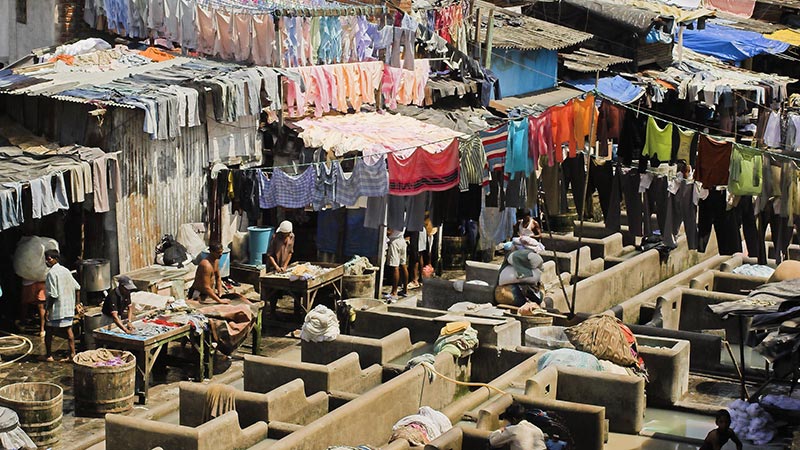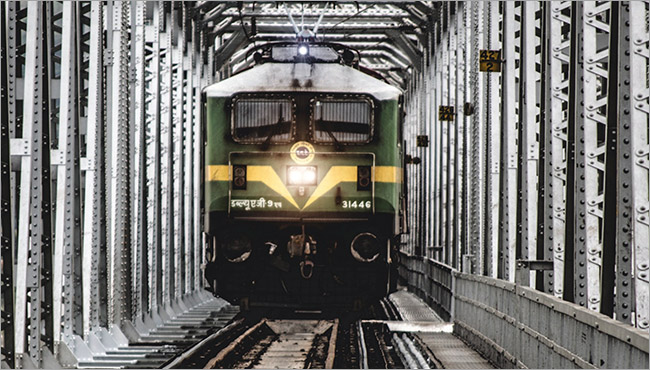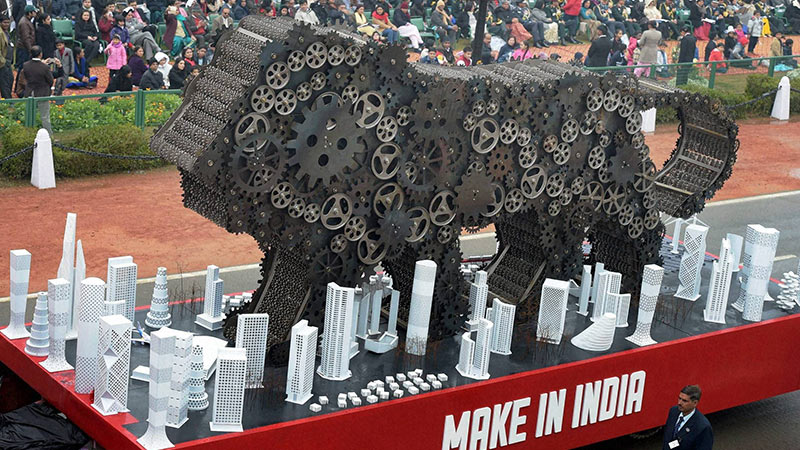Samir Saran and Urvashi Aneja, ORF Website, Oct 28, 2016
Original link is here
There are two prisms through which India’s role as a provider of global public goods and as a contributor to the evolving global growth and development agenda can be assessed. The first is a continuum starting from the independence of the erstwhile colonies, the Bandung conference and the Non Aligned Movement, to a more recent focus on south–south cooperation. This continuum is located within the narrative of solidarity, justice, economic reparations, development rights, and more recently, around the texture of assistance forthcoming from the emerging economies willing to share their growing available surpluses with their G–77 compatriots. India and its development sector analysts have, for the most part, framed its development partnerships through this prism. The recent BIMSTEC–BRICS meet in Goa, followed this course.
The second view of India’s role could be understood through the phenomenon of ’emergence’, one that breaks away from the above continuum and instead positions India (and some other nations) at a juncture where, beyond solidarity and rights, it is the responsibility of being a global power (and attendant benefits that flow from being one) that compels a certain development partnership agenda. In this view, India has new opportunities that necessitate new responsibilities driven by its expanding global interests, both of which shape the country’s development partnership initiatives. This assessment replaces romanticism with realism and is less frequently voiced for this very reason. India must be careful that this hesitation does not reduce the scope and ambition of its development partnership agenda to one limited to the vocabulary of south–south cooperation.
India has new opportunities that necessitate new responsibilities driven by its expanding global interests, both of which shape the country’s development partnership initiatives. This assessment replaces romanticism with realism and is less frequently voiced for this very reason.
This is not to suggest that south–south cooperation is not important and has not influenced contemporary conversations on development and growth. It certainly has redefined ‘aid’ by introducing new financial and technical ethics and cemented the concepts of ‘partnership’ and ‘national ownership’ as normative benchmarks. Even more importantly, new southern partnerships for development finance and international economic support have shaken up the institutions of the OECD from their ambivalent slumber characterised by a prescriptive development policy agenda and conditional financing. It has made the traditional donors more reflective and considerate in their economic engagements.
But, taken too far, the south–south cooperation framework can reduce the role and ambition of a country like India in global development to a mere extension or function of southern solidarity, one proscribed by the limits to south–south cooperation reflected in its description; one by the ‘south’ for the ‘south’. The global south must be the core constituency and ethical mooring of India’s development partnerships but not its ambition or the philosophical anchor of its economic diplomacy responsibility.
Taken too far, the south–south cooperation framework can reduce the role and ambition of a country like India in global development to a mere extension or function of southern solidarity.
It is too limited a world view for a country of 1.3 billion people that has set itself a goal of becoming a USD 8 trillion dollar economy in the next decade and half. It is inevitably poised to become a net provider of global public goods. It is perhaps destined to inherit the task of managing global institutions that exist and building new institutions that this century will demand. These likely eventualities must steer policy formulation and implementation of India’s economic diplomacy objectives, even as it indulges in the grammar of historic solidarity.
India’s role for itself must be redefined through the prism of its ’emergence’, as an actor with agency already far above its economic weight, and likely to increase significantly over time. This is due to a number of factors. First, the largest incremental capital for global development and infrastructure beyond what exists today will be contributed by India, its institutions and corporations in the next fifteen years or so. Even if this incremental capital only comprises a modest proportion of the total development finance pie, the fact that India will make the largest new contribution will augment its global agenda–setting power in the age of climate change and renewed commitment to sustainable development. In absolute terms as well, back–of–the–envelope calculations suggest that the current $2.35 billion earmarked for overseas grants, concessional loans, and technical training will rise to approximately $10 billion by 2030 if deployment follows GDP growth. To put this in perspective, the UK Department for International Development’s (DfID) annual budget for 2015–16 is $12 billion, a figure likely to come under stress in the days ahead. Other agencies like the German GIZ will also at best be able to maintain their level of contributions.

Second, beyond the numbers, India may also have a new path to offer, a new development narrative to share. In all likelihood it will be the first country to move from low–income existence to a mid–income economy in a fossil fuel constrained and climate aware world. It will have to make this transition discarding the key economic choices and policy assumptions that aided Europe and America, Japan and China. Cheap labour, bulk manufacturing, cheap energy, exploitative economic policies with scant regards for human rights and even perhaps the liberal and open trade regimes that have defined the past decades of growth. The India story, if and when mature, will resemble none; it could be a unique and contemporary blueprint for other developing countries attempting similar transitions. While it is impossible to predict the details of India’s transition, some aspects can be anticipated. The economic change will ride on frugal innovation helping a frugal service economy. It will be buttressed by the capacity to at the same time offer high–quality low–cost services to domestic and global markets. It would have also created a new framework to provide skilling, education, employment and security to not only the half a billion population added in the past three decades, but also to the burgeoning senior citizenry growing each year.
The India story, if and when mature, will resemble none; it could be a unique and contemporary blueprint for other developing countries attempting similar transitions.
And finally, India may also lead the way in crafting a new trade architecture in South Asia and with partners in the developing and emerging world. The current global trade regime is under strain as restrictive agreements amongst the OECD countries and some others are undermining the WTO, and the benefits to developing countries are dwindling. The current trading system is also based on an incomplete globalisation. It is biased towards the movement of capital and goods, but much less towards the movement of services and peoples. For developing countries compelled to respond to 21st century challenges through the acceleration of a service economy, this partial globalisation poses clear challenges. For India, its South Asian neighbours, Africa and some others herein lies an opportunity to re–craft their trading arrangements to support their 21st century development trajectories.
Looking through an emergence prism, India’s development partnerships and economic diplomacy must be built around three concentric circles of interest and influence. The first must encompass India’s immediate neighbourhood and the big powers; the second, would cover its extended neighbourhood extending across Asia and the Indian Ocean littoral with some localities important for what they offer; and the third may include some distant geographies, all global commons and vital global issues and institutions to manage them. Development partnerships and economic diplomacy in each should be driven by a specific set of interests, capabilities and priorities.
Development partnerships built around these three concentric circles will allow India to build direction, specificity, and flexibility into its initiatives; to create a differentiated approach across various geographies; to build alliances and institutions that cut across the north and south; to find a balance between its immediate economic and strategic interests and its global responsibilities; and to manage and respond to the complex and multifarious requirements of a global development provider.
To be clear though, to argue for an emergence prism over a south–south narrative does not imply that India’s economic diplomacy should reject the importance of communities and collective norms for a singularly realpolitik logic; on the contrary, sustaining the role of a leading development provider will require India to be a normative power more than ever before and build communities, create opportunities and discover growth across the binary North–South and East–West divides. As a leading power it must cross this bridge first.









